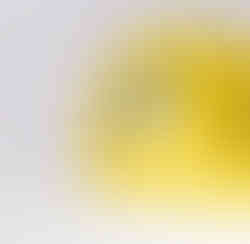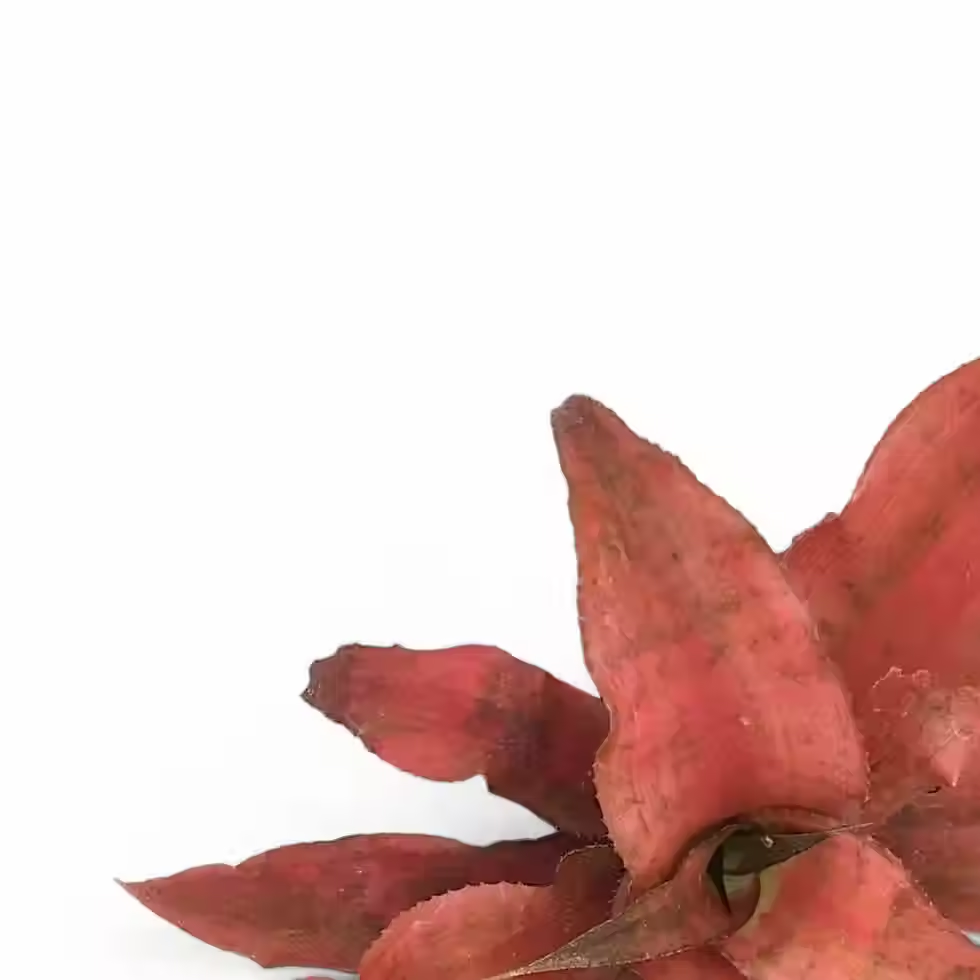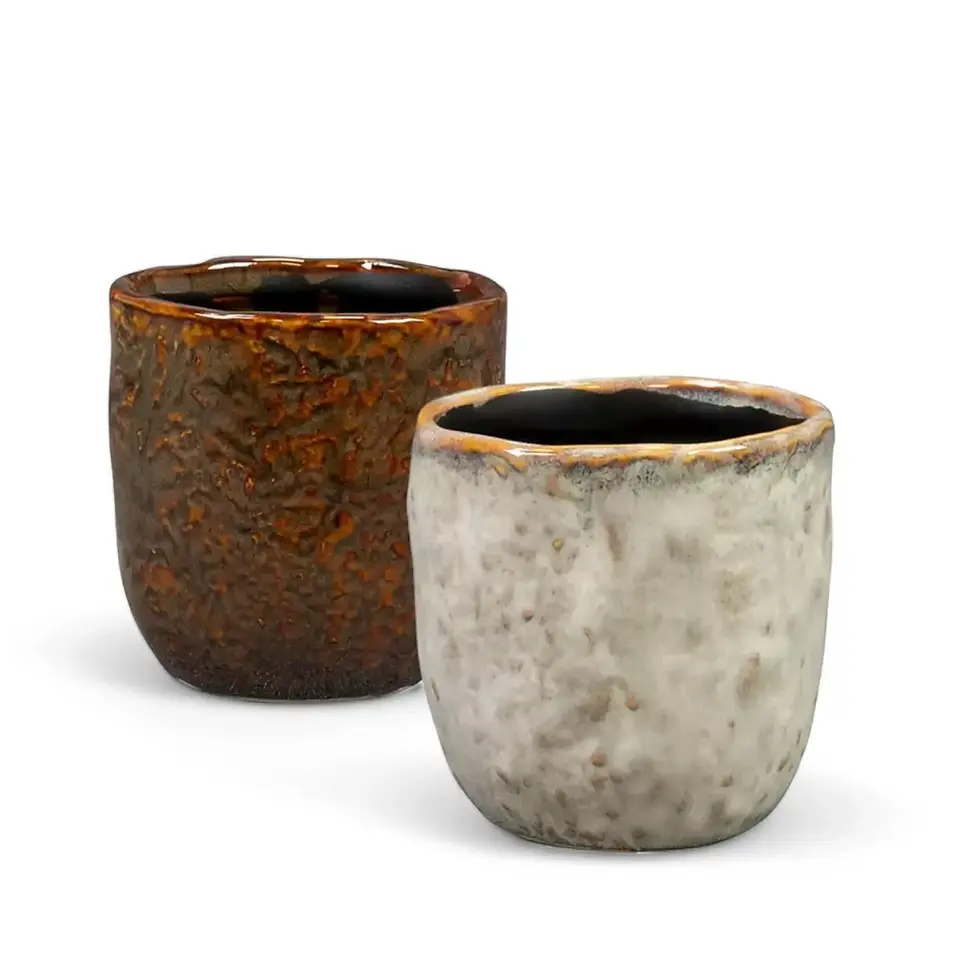Brighamia insignis 'Hawaii Palm' - Information and Plant Care
Brighamia insignis 'Hawaii Palm' is a fascinating and rare succulent shrub from the Hawaiian Islands. Also known as 'olulu' or 'cabbage on a stick,' this plant captivates with its unique appearance and minimal care requirements. While resembling a miniature palm tree, the Hawaii Palm is technically a stem succulent, offering a bold, tropical touch to indoor spaces.
Sadly, Brighamia insignis is highly endangered and has been on the IUCN Red List since 1963. Its rarity makes it even more special as part of your plant collection. With proper care, it will thrive and may even bloom with soft, yellow flowers in the fall.
Features - The Unique Beauty of Brighamia insignis 'Hawaii Palm'
- Thick, fleshy, dark green-to-brown stem with a rosette of fresh green leaves.
- Leaves grow 12-30 cm long, forming a graceful crown.
- Decorative trunk scars add character as older leaves fall off.
- Striking yellow blooms appear in fall, creating a vibrant contrast.
- A succulent, not a true palm—stores water in its thick stem, making it resilient and beginner-friendly.
Caring for Brighamia insignis 'Hawaii Palm'
- Watering:
- Water thoroughly until the soil is fully soaked, allowing excess to drain.
- Let soil dry out completely between waterings—overwatering can cause rot.
- Avoid watering in cool temperatures, as the plant is prone to root rot.
- Light:
- Thrives in bright, indirect light. Avoid intense direct sunlight, which may scorch leaves.
- Ideal near a well-lit window with filtered light.
- Temperature:
- Prefers warm indoor temperatures (18-24°C).
- Avoid cold drafts and sudden temperature fluctuations.
- Fertilization:
- Feed during summer with a balanced liquid fertilizer to promote lush growth.
- Avoid over-fertilizing to prevent weak growth.
Common Issues and Solutions
- Root or Stem Rot:
- Occurs from overwatering or cold conditions. Let soil dry between waterings.
- If rot develops, it is often irreversible—prevention is key.
- Browning Leaves:
- Caused by underwatering or too much direct sunlight.
- Adjust watering schedule and relocate to bright, indirect light.
- Pests:
- Mealybugs and spider mites can infest dry indoor conditions.
- Treat with insecticidal soap , neem oil, or use beneficial insects, and check undersides of leaves.
Additional Tips for Growing Brighamia insignis
- Placement: Keep in bright but indirect sunlight avoid drafty areas.
- Humidity: Can tolerate normal indoor humidity but benefits from moderate levels.
- Repotting: Repot every 2-3 years using well-draining succulent soil.
Etymology of Brighamia insignis
The genus Brighamia honors William Tufts Brigham, an American geologist and botanist. The species name insignis means “distinguished” or “remarkable,” highlighting the plant’s unique appearance. Though called the 'Hawaii Palm,' it is not a true palm but rather a succulent.
FAQs
- How often should I water Brighamia insignis? Water when the top 2-3 cm of soil feels dry. Avoid waterlogging.
- Does Brighamia insignis need direct sunlight? No, it prefers bright, indirect sunlight. Too much direct light can scorch leaves.
- What kind of soil is best? A well-draining, sandy mix like cactus or succulent soil.
Bring home Brighamia insignis and add an exotic touch to your indoor plant collection today!
Brighamia insignis 'Hawaii Palm'
Brighamia insignis 'Hawaii Palm'is approximately 40 cm tall and comes in a ⌀ 12 cm pot

























































